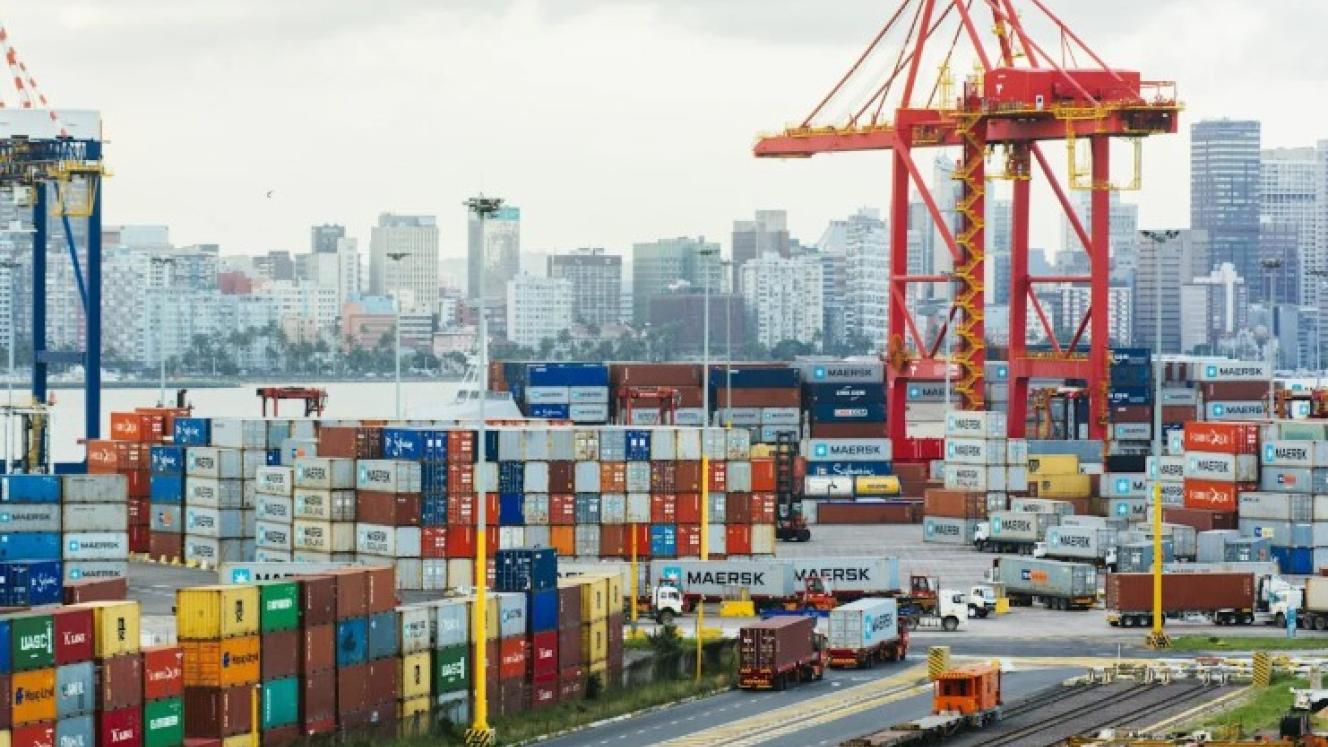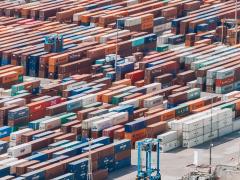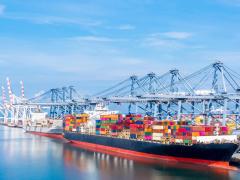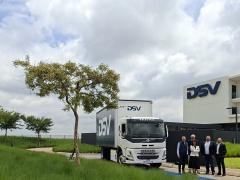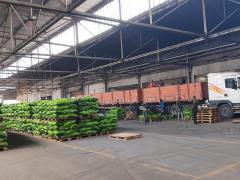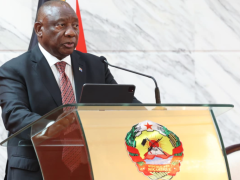Road upgrades, which are being conducted in parallel with the refurbishment of the rail link between the Angolan port of Lobito and the border with the Democratic Republic of Congo (DRC), mean that the port has the potential to become the preferred gateway for project cargo into the DRC and Zambian Copperbelt regions. The multipurpose terminal in the Port of Lobito has two quays of 570 metres and 522m, with a draft of up to 14m. Equipment includes a 100- ton Liebherr pneumatic crane, two 22-ton Takraf cranes, two six-ton Takraf cranes and four 3-5-ton Demag cranes, according to the non-profit Logistics Capacity Assessment. The container and multipurpose terminal has officially been run by Africa Global Logistics (AGL) since March 2024 through its subsidiary AGL Lobito Terminal. It thus offers, with a quay depth of 14m, the capacity to accommodate large-capacity ships and handle more than one million tons of bulk goods and more than 100 000 TEU containers per year. AGL has committed $234 million to the terminal’s development and has partnered with international shipping line MSC (of which AGL is a subsidiary) to reduce transit times to European and American markets, the company has stated. In addition to upgrading the rail links to the Copperbelt, in May 2024, a $413m investment was announced at the US-Africa Business Summit in Dallas, Texas, to upgrade Angola’s road network along the Lobito Corridor. The work on the 1 160km Angolan section includes the repair and construction of 186 bridges. A spin-off for project cargo is that, according to ED Wala Chabala and Judy Hofmeyr of the Africa Policy Research Institute, the savings in logistics and transport costs will make previously uneconomical ore grades viable. New mining operations need equipment, which is transported as project cargo. Investment in processing and manufacturing facilities is also envisaged. Of the 13 agreements related to the transportation of mineral products from the DRC and Zambia to the Lobito port, six reference the local establishment of EV battery sector value chains, Chabala and Hofmeyr point out. The DRC and Zambia have committed to establishing SEZs dedicated to the manufacture of batteries, electrodes and other key components, in the DRC’s Katanga province and Ndola, Zambia. It is not all plain sailing, however. Challenges include operational and policy hurdles, Chinese ownership of the region’s mines resulting in geopolitical tensions, and lack of harmonised regulations. ER
